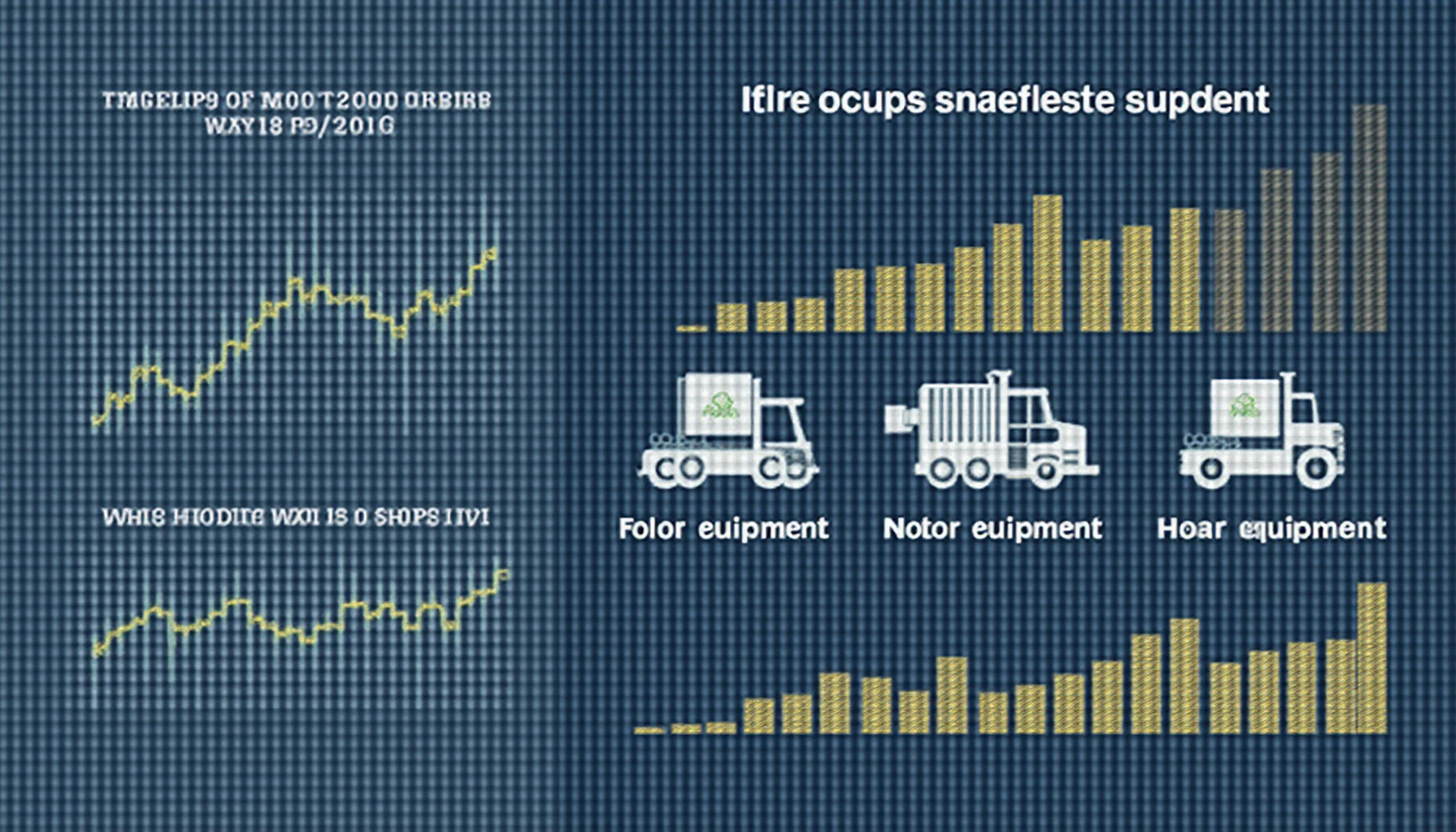Understanding Bitcoin Mining Profitability
In 2024, approximately $4.1 billion was lost to DeFi hacks, raising concerns about the security of digital assets. Bitcoin mining has been a profitable venture for many, but how can one ensure they are maximizing their returns? This article delves into the various factors that influence Bitcoin mining profitability, specifically within the context of platforms like HiBT.
The Basics of Bitcoin Mining
- Bitcoin mining involves solving complex mathematical problems to validate transactions.
- Miners are rewarded with Bitcoin for their efforts, but costs must be considered.
- The profitability depends on equipment efficiency and energy costs.
Current Trends in Mining Profitability
As of 2025, mining profitability is significantly affected by Bitcoin's price volatility. A recent report from Blockchain.com indicates that miners earn approximately $0.05 per kWh on average. Moreover, the rising competition among miners leads to fluctuating margins.
Equipment and Costs
Investing in high-efficiency mining hardware, like the Antminer S19 Pro, can enhance profitability. Here's a brief comparison:

| Miner Model | Hashrate (TH/s) | Power Consumption (W) | Profitability ($/day) |
|---|---|---|---|
| Antminer S19 Pro | 110 | 3250 | $8.00 |
| Whatsminer M30S++ | 112 | 3472 | $8.20 |
Data source: Blockchain.com
Market Insights for Vietnam
Vietnam's crypto market is booming, with a growth rate of 37% in 2024. This signifies increasing interest in Bitcoin mining among Vietnamese users. Utilizing local energy resources can substantially reduce operational costs.
Conclusion: Maximizing Profits on HiBT
To ensure optimal profitability, miners should stay updated with market trends and invest in efficient equipment. For a more detailed breakdown of advanced practices, check out more insights at hibt.com. Remember, this is not financial advice. Always consult your local regulators.